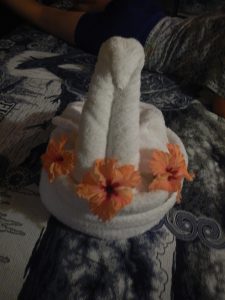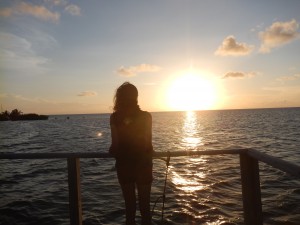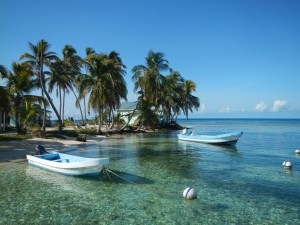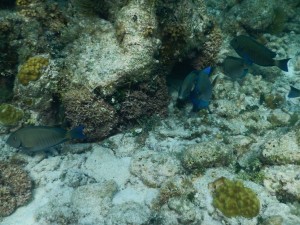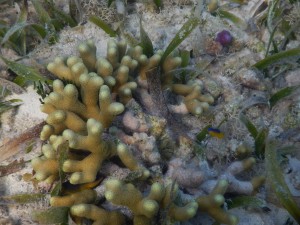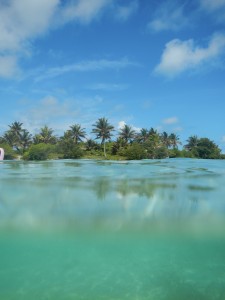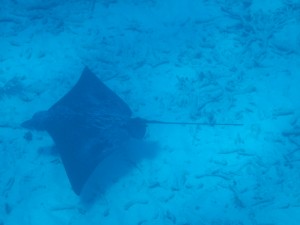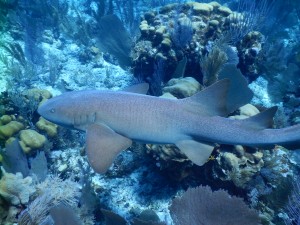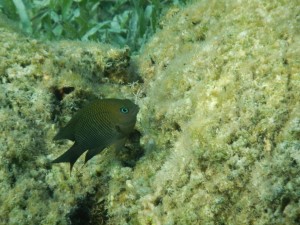Dear Adrienne,
Today we went to Actun Tunichil Muknal archeological reserve. Here we hiked into a cave that was used for Mayan sacrifices and has lots of well-preserved artifacts and human remains. I did not see any Orthoptera.
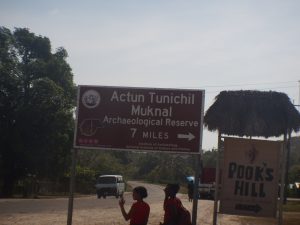
To get to where the artifacts and remains were, we had to swim and scramble our way through the cave. The guide said I had to wear the top I had been carrying out of respect to the ancient Mayans, so it was real frigid being in the cave because the rivers were so cold and my clothes were so wet.
Nevertheless, it was crazy to be inside of such a sacred place, especially since we could see the vessels and victims of sacrifices all around us and knew that only the most elite Mayans would ever enter the cave. As neat and memorable as it was, I kind of felt like it was inappropriate for us tourists to be climbing around in there, given the religious significance the cave has.
Maneuvering through the cave was pretty complicated because it involved a lot of climbing up tall structures and fitting our heads through small cracks. At some point when we were climbing, Deepu scraped his leg and bled some. When we were in the cave, our guide taught us about bloodletting, a process in which people would slit themselves with obsidian blades or stingray barbs and offer their own blood to the Gods, so we were joking about how Deepu was partaking in bloodletting. It was really eerie when we emerged from the cave to see that it had just started to pour as if Deepu’s sacrifice to Chaac, the rain God, had worked.
After we left the cave, we drove to Crystal Paradise Resort where we are spending tonight before going on to Las Cuevas. On the way we stopped in the town of San Ignacio. There I bought a bag of grapes and tried a baby banana. Also, I made Therese go ask a man with a produce stand if we could have some of the oranges that had fallen out of his truck. I think he took pity on us because he just gave her two fresh ones. These are some of the advantages of having a TA.
